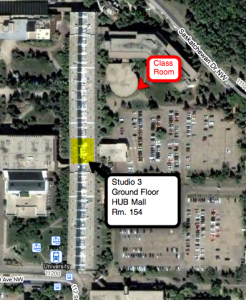Cut-ups, collage, and re-presentations
 Cut-ups and collage are approached in this project (and have been approached in the scrapbooking project) as a way of making the familiar strange. As the American writer and critic Greil Marcus said in an interview:
Cut-ups and collage are approached in this project (and have been approached in the scrapbooking project) as a way of making the familiar strange. As the American writer and critic Greil Marcus said in an interview:
“I always hope that people will find what I do interesting and that it will spark questions of their own. If my writing has any goal it is to show that the world is more interesting than we sometimes think it is and that it is more full of contingency and doubt” (interview, Dec. 18, 2007).
For cultural studies and analysis that can be taken as a challenge to consider the limits of our techniques for looking (observing), comprehending, and representing. You are encouraged to engage with cut-ups and collage as a way improving your skills as a cultural analyst or critic.
In this studio class you will have the opportunity to work on a collage/cut-up. The piece you work on is up to you but keep in mind that I have been asking you to focus your scrapbook work so far on observation and social environments. Extending your last scrapbook entry would be good. Alternatively you could use this as a chance to explore your final scrapbook assignment. You could also do something completely different (say work on a question of subjectivity, think about a particular built environment, or you could look at a found object or image). You will be using the cut-up as a mode of inquiry and will come away at the end of the studio class with a tabloid-sized collage.
When: Monday, March 2nd. (9am – 10am)
Where: HUB mall, ground level Art Studio (Studio 3, room 154).
What you need:
- Necessary
- scissors (and/or a scalpel or knife)
- glue stick
- Optional
- scrabooking embellishments
- magazines
- better quality paper
- old shoe, bit of wool, dead ant, bird wing, quart of milk, cutting of human hair, the last breath of a dying rat, sparkle from a unicorn’s eye, etc.
resources: